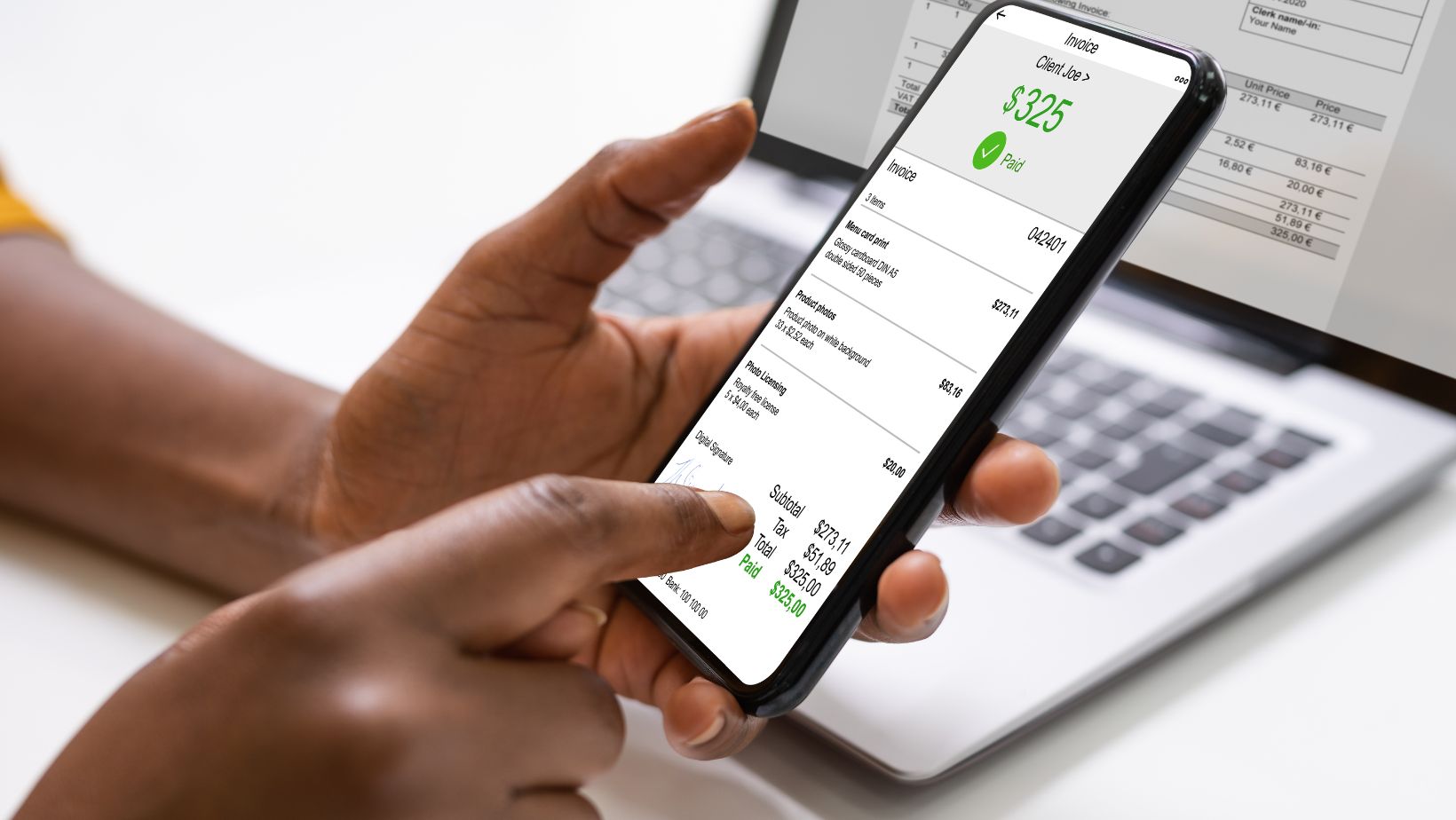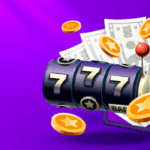
Instant payments used to be a neat convenience. Now they’re becoming the backbone of how we play, watch, tip, and buy in digital entertainment. Whether it’s microtransactions in a game, a livestreamer getting a tip in seconds, or a subscription upgrade that takes effect immediately, these near-instant flows change expectations — and business models — fast.
Why Speed Matters
Think about a live stream. A viewer sees something funny or impressive and wants to tip right away. If payment takes minutes, the moment is gone. If it happens instantly, the reaction is immediate and often larger. The same logic applies to in-game purchases and pay-per-view access: friction kills conversion. Instant payments remove that friction. They reduce cart abandonment and turn impulse into revenue.
New Mechanics, New Experiences
Instant rails let platforms experiment. Game developers can roll out flash sales tied to an event in real time. Streaming services can offer instant paid access to bonus clips during a broadcast. Artists can sell limited-run merch drops that are truly limited because purchases happen in a heartbeat. What used to require complex backend scheduling can now be executed live.

It also changes creative choices. Developers design reward systems assuming that players can buy or receive funds immediately. That affects pacing, retention and even narrative structure. You can craft micro-moments that invite immediate participation. That’s powerful.
Financial Plumbing and Trust
Speed alone isn’t enough. Users need secure, familiar flows. Fintech firms and payment processors have been building APIs, tokenization, and fraud controls so instant transfers don’t come at the cost of safety. Regulations play a role too; different markets have different rules about real-time settlement and consumer protections. Platforms must balance speed with compliance and clear user consent.
Does that sound like a headache? Sure. But it’s a solvable one, and many companies are already stitching the pieces together. From micro-transactions to encrypted payouts, fintech has become the backbone of interactive platforms. This is evident across high-volume digital entertainment, where operators—such as Lottoland in the betting and lottery space—are integrating secure, fast payment and payout systems to create a user-friendly ecosystem that is now setting the standard for other sectors.
Revenue Models Reshaped
Subscriptions are still important, but instant payments expand options. Micropayments become practical at scale. Pay-as-you-go content and one-off experiences become viable. For creators, that means income diversification — tips, instant purchases, pay-per-view extras — all processed in real time. For platforms, it opens upsell opportunities that are contextually relevant and timely.
Crucially, instant payouts to creators shorten the wait for cash, which can be a lifeline for smaller creators balancing irregular income. That improves creator loyalty and fuels more content.
Social Dynamics and Behavioural Effects
Instant gratification can amplify engagement. People respond to immediacy; it’s human nature. But there’s a flip side: impulsive spending can rise, and platforms must be mindful of responsible design. Tools like spending limits, friction for large purchases, and transparent receipts help keep things healthy.
Looking Ahead
We’ll see tighter integrations between wallets, games, and social platforms. Cross-border instant settlements will improve, but they’ll need more harmonized standards and compliant rails. Expect richer, more immediate monetization features baked into entertainment UX. The convergence of fintech and gaming is continually pushing the boundaries of what consumers expect from a digital experience.
Want to see where this goes? Watch how creators and platforms experiment over the next year. The winners will be those who design instant payments that feel natural, secure, and respectful of the user.







